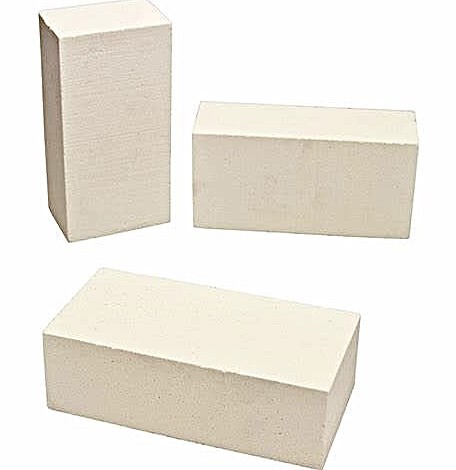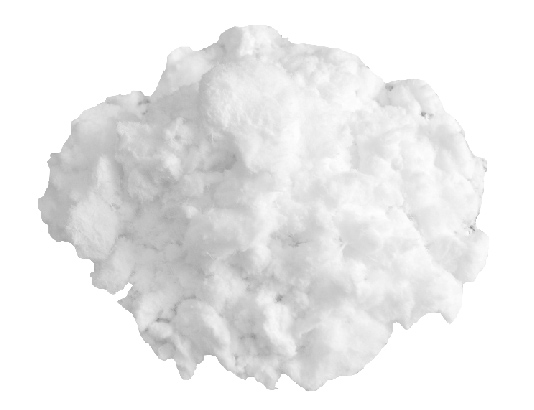
What is Refractory Brick and Why is it Fire-Resistant
1. Introduction to Refractory Bricks:
Refractory bricks are inorganic, non-metallic materials that can withstand temperatures of at least 1580°C. These bricks form the backbone of high-temperature technologies and serve as key structural components in furnaces and other thermal equipment. In this article, we will explore the complex world of refractory bricks, focusing on why they can resist high temperatures and how manufacturers produce them.
2. The Science Behind Fire Resistance:
Refractory bricks don’t just resist high temperatures by accident or simple design. Instead, a careful blend of the right materials, structural design, and thermal properties contribute to their fire resistance. So, let’s dive deeper into these factors:
a. Chemical Composition:
- Alumina Content: Generally, the higher the alumina content, the better the fire resistance. Alumina forms a protective layer on the brick, which helps to prevent further oxidation and melting.
- Impurities: Elements like iron and calcium can act as impurities, lowering the brick’s melting point and, consequently, its fire resistance.
b. Material Structure:
- Porosity: A lower porosity offers fewer pathways for heat, thereby enhancing the brick’s fire resistance.
- Grain Size: Finer grain sizes result in a more tightly packed structure, which can also improve fire resistance.
c. Thermal Properties:
- Thermal Conductivity: A lower thermal conductivity means the material won’t easily transmit heat, which is beneficial for fire resistance.
- Thermal Expansion: Materials with low thermal expansion rates are less likely to crack when exposed to high temperatures, thus maintaining their structural integrity.
3. Manufacturing Process:
The way refractory bricks are made significantly influences their fire resistance. The process includes several critical steps, such as:
a. Raw Material Preparation:
- Sorting: Manufacturers sort the raw materials based on their chemical composition and physical properties.
- Grinding: These sorted materials then get ground into a fine powder to ensure uniform mixing.
b. Mixing and Forming:
- Wet Mixing: The ground materials mix with water to form a uniform mixture.
- Pressing: This mixture is then pressed into molds to shape the bricks.
c. Firing:
- Pre-heating: Before firing, the bricks undergo pre-heating to remove any moisture.
- Sintering: Finally, the bricks are fired at high temperatures to initiate the sintering process, which enhances their mechanical strength and fire resistance.
4. Applications of Fire-Resistant Bricks:
Fire-resistant bricks find uses not just in furnaces and kilns but also across a range of industries. For instance:
a. Steel Industry:
- Lining Furnaces: These bricks commonly line furnaces used for melting and processing steel.
- Ladle Linings: They also line the ladles that hold molten steel.
b. Glass Industry:
- Melting Furnaces: In the glass industry, refractory bricks line the furnaces used for melting glass.
- Regenerators: These bricks also find use in regenerators that preheat air for the furnaces.
c. Cement Industry:
- Kiln Linings: In cement plants, these bricks line the rotary kilns.
- Coolers: They also line the coolers where cement clinker cools down.
5. Conclusion:
In summary, refractory bricks play a critical role in various high-temperature industrial applications. Their fire resistance stems from the quality of the raw materials used, their inorganic nature, and the meticulous manufacturing process. Understanding these factors can help us appreciate the indispensable role that refractory bricks play in modern industry.
6. Contact Details:
For more information on refractory bricks and how they can meet your specific high-temperature application needs, please contact us.
Email: rongqi.chen@moatcity.com
Web: www.moatcity.com
WhatsApp: +447983626714
We’re eager to assist with your refractory brick needs.




Leave a Reply